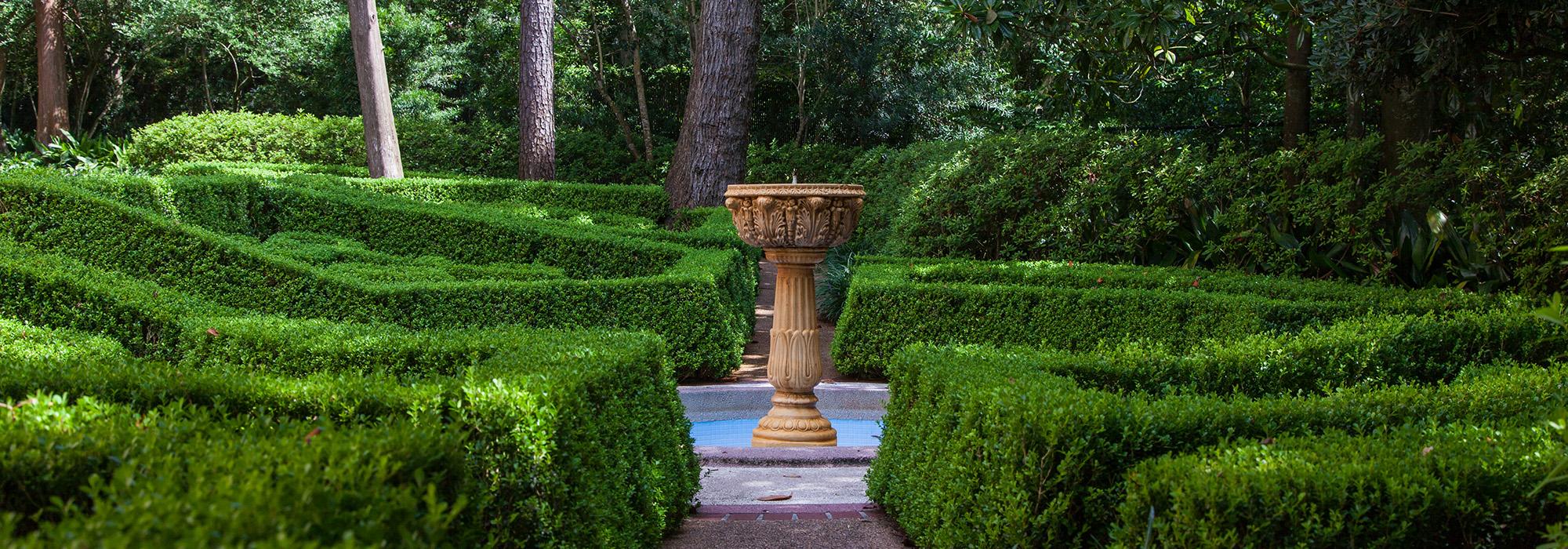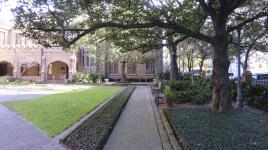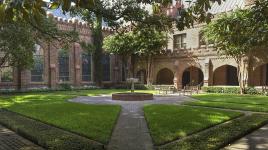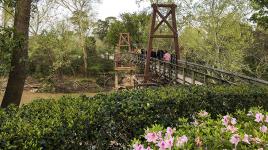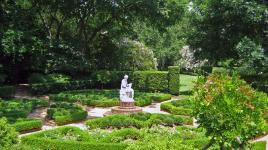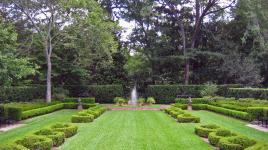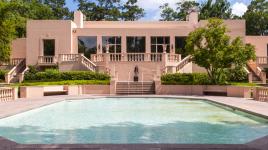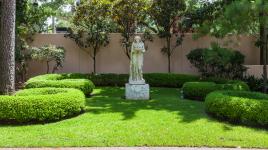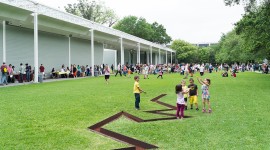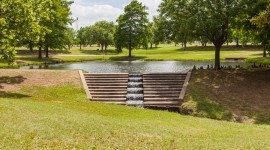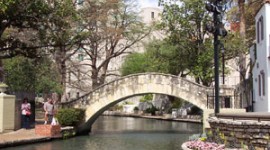Pioneer Information
Born in Knoxville, Tennessee, Staub earned a bachelor’s degree in mathematics from the University of Tennessee in 1913. He received a B.Arch. in 1915, and an M.Arch. in 1916, from the Massachusetts Institute of Technology. He then worked for architect Harrie T. Lindeberg in New York City before enlisting in the U.S. Naval Reserve Flying Corps during World War I . Staub returned to work for Lindeberg in 1919 and was sent to Houston in 1921 to oversee the construction of several projects. In 1923, he began an independent practice, working on two of the city’s early planned communities, Courtlandt Place, with architect Birdsall Briscoe, and Broadacres, with architect William Ward Watkin. In 1925, Staub designed a house for Ima Hogg’s estate, Bayou Bend, overlooking Buffalo Bayou. He was commissioned to develop the River Oaks community in 1927, building 21 houses between 1930 and 1941 and collaborating with landscape architect Ralph Gunn to develop a 4.4-acres estate for philanthropists Caroll and Harris Masterson III (now the Rienzi House Museum). Staub served in the U.S. Naval Reserve from 1942 to 1944, returning to partner with architect John Thomas Rather, Jr., in the firm Staub and Rather (which became Staub, Rather, and Howze in 1952). Staub was named a Fellow of the American Institute of Architects in 1941. He retired in 1963 and his firm was dissolved in 1968. Several of the estates he worked on have become museums open to the public, and are listed in the National Register of Historic Places. Staub passed away in Houston at the age of 88, and is buried in Glenwood Cemetery.



